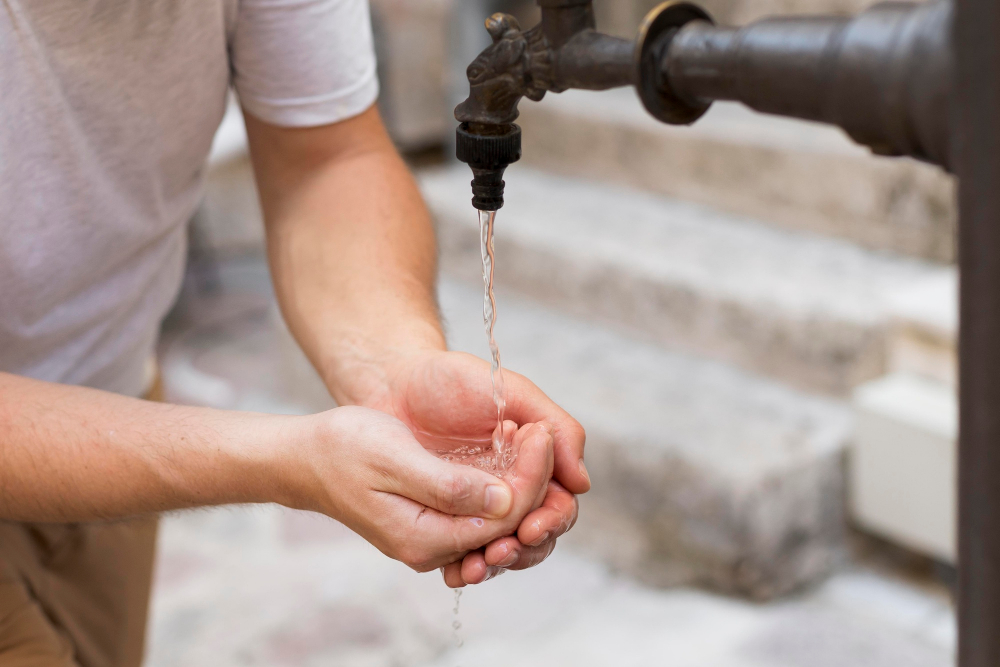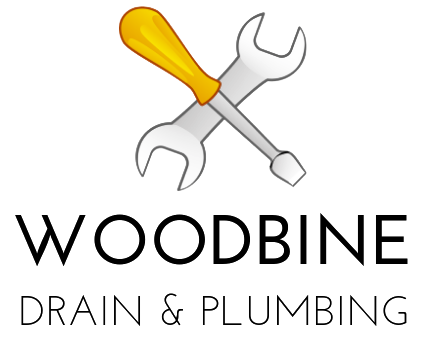What to Do About Low Water Pressure in Your House?

Water pressure is essential for maintaining the functionality of your plumbing system, and when it’s low, it can be a frustrating and inconvenient problem. If you’re experiencing low water pressure in your house, there are several things you can do to identify and address the issue. In this blog post, we’ll explore some of the most common causes of low water pressure and what you can do to fix them.
- Check the Water Meter
If you notice a sudden drop in water pressure, the first thing you should do is check your water meter. Make sure that the main water valve is fully open, and that there are no visible leaks in your pipes. If everything looks good, check your meter to see if it’s moving. If it is, you may have a leak in your system, and you should call a plumber to have it repaired.
- Clean Your Faucet Aerators
One of the most common causes of low water pressure is a clogged faucet aerator. Over time, minerals and sediment can build up in the aerator, reducing the flow of water. To fix this problem, simply remove the aerator from the faucet and clean it thoroughly with warm water and vinegar. If the problem persists, you may need to replace the aerator.
- Check Your Pressure Regulator
If you live in an area with high water pressure, you may have a pressure regulator installed in your home. This device is designed to reduce the pressure of the water entering your home, which can help prevent damage to your plumbing system. If your pressure regulator is malfunctioning, it can cause low water pressure. To check your pressure regulator, you will need a pressure gauge. Attach the gauge to an outdoor faucet and turn on the water. If the pressure is lower than it should be, you may need to replace the regulator.
Old or damaged pipes can also cause low water pressure. If you have galvanized steel pipes, they may be corroded and need to be replaced. Additionally, if your pipes are too small for your water needs, they may not be able to deliver enough water to your home. If you suspect that your pipes are the cause of your low water pressure, contact a plumber to inspect your system.
- Contact Your Water Company
If you have tried all of the above solutions and are still experiencing low water pressure, the problem may be with your water company. Contact them to see if they are experiencing any issues with their water supply or if there is planned maintenance in your area that may be affecting your water pressure.
In conclusion, low water pressure can be a frustrating problem, but it’s not an uncommon one. By following the tips above, you can identify and address the cause of your low water pressure and restore your plumbing system to full functionality. If you’re unsure of the cause of your low water pressure, don’t hesitate to contact a professional plumber for assistance.
